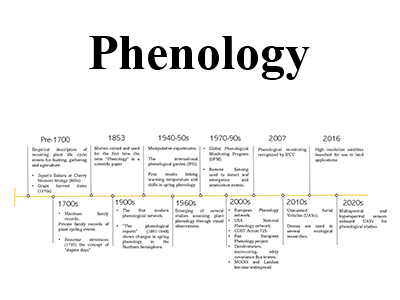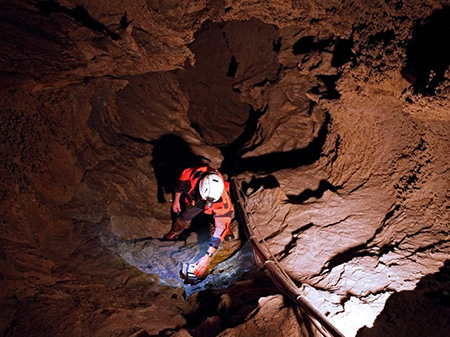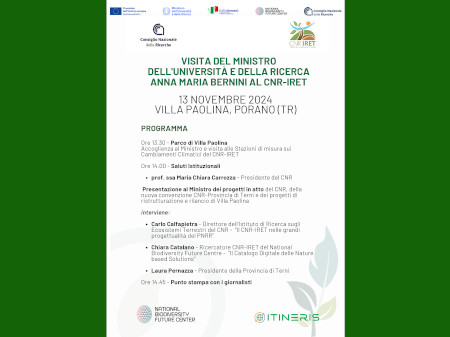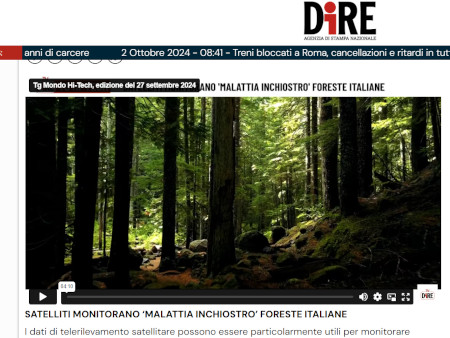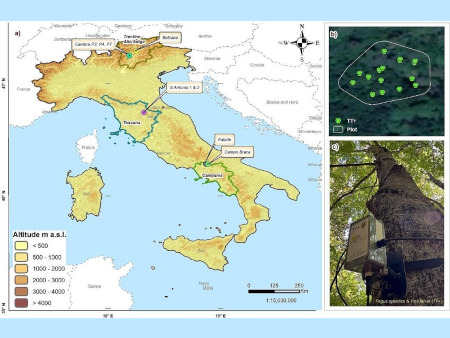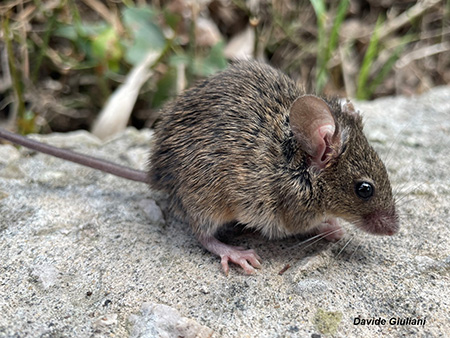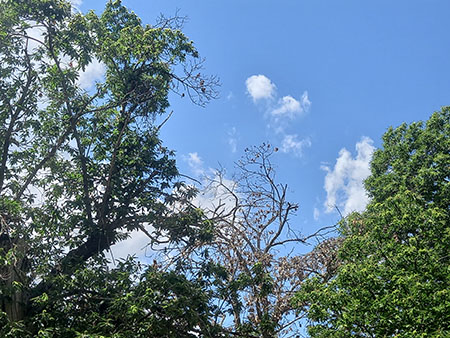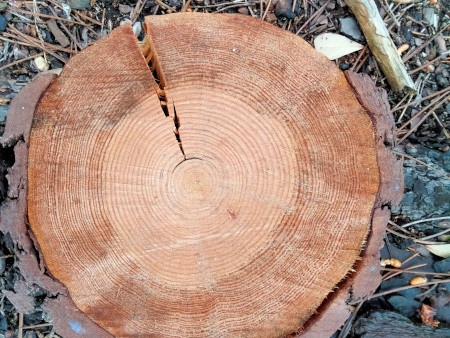A new study published in Current Forestry Reports, the result of a collaboration between CNR-IRET, the University of Québec, Northern Arizona University, the Slovenian Forestry Institute, and WSL, synthesizes recent advancements and identifies knowledge gaps in the phenology of both belowground and aboveground organ development in extra-tropical forest ecosystems. Phenology, the study of periodic life cycle events in plants, is essential for understanding tree health, resource competition, and the impact of climate change on ecosystems. By examining the phenological processes of
Safeguarding underground ecosystems from the negative impacts of human activities is essential to maintain the quality of drinking water. This is the main message of a letter published in December in the scientific journal Science, signed by sixty European researchers. The initiative was led by Tiziana Di Lorenzo and Stefano Mammola, scientists from IRET-CNR and IRSA-CNR and from the NBFC (National Biodiversity Future Center) in Palermo, respectively. The letter was addressed to representatives of the European Union with the aim of urging
On Nov. 13, pv. the Minister of University and Research Sen. Anna Maria Bernini will visit the Porano headquarters of the National Research Council’s Institute for Research on Terrestrial Ecosystems (CNR-IRET). The minister will be welcomed at the historic Villa Paolina headquarters, where she will meet with Institute Director Carlo Calfapietra, staff and the press. Also present will be Maria Chiara Carrozza, President of the CNR, and Laura Pernazza, President of the Province of Terni The Porano branch of the
The Terrestrial Ecosystems Research Institute of the National Research Council (CNR-IRET) was among the protagonists of the Sept. 27 edition of TG Mondo Hi-Tech. As part of the report, produced by the DiRE agency, Gaia Vaglio Laurin, from the Montelibretti (RM) office, told about the study she conducted in collaboration with the University of Tuscia. Published in the journal Remote Sensing Applications: Society and Environment, the work demonstrates the effectiveness of satellite remote sensing in monitoring the spread of “ink disease” in
To monitor the effects of climate change on forests, it is important to adopt integrated, in situ and satellite approaches aimed at analyzing phenology, that is, the different stages of leaf development through the different seasons. This is the conclusion of a study, published in the journal Ecological Indicators, conducted by scientists from the National Research Council’s Institute for Research on Terrestrial Ecosystems (CNR-IRET), the Edmund Mach Foundation, and the Universities of Tuscia, Bolzano, Caserta, and Florence. The team analyzed
As part of “World Cancer Research Day,” Queen Letizia of Spain met with a set of researchers from ASIERI (Association of Spanish Researchers in the Italian Republic), chaired by Isabel Noguès, of the National Research Council’s Terrestrial Ecosystems Research Institute (CNR-Iret). The event, organized by AIRC (Italian Foundation for Cancer Research) together with the equivalent Spanish association (Asociación Española Contra el Cáncer), took place in Milan, Italy, at the IFOM (ETS Foundation Institute of Molecular Oncology) on Sept. 26. This
The Directorate of the National Research Council’s Institute for Terrestrial Ecosystems Research (CNR-IRET) has once again been entrusted to Carlo Calfapietra, who has served first as Acting Director and then as Director of the Institute since 2018. A native of Viterbo and a graduate of the University of Tuscia in Forestry and Environmental Sciences, Calfapietra worked as a Marie Curie Researcher in the United States, at the University of Wisconsin-Madison, before returning to Italy to the CNR. His topics of interest
The presence of invasive rodents such as rats or mice on Mediterranean islands, which are rich in biodiversity and have a conspicuous human presence, poses a serious threat to these delicate ecosystems, in addition to causing serious damage to human activities. Rodent control in these environments is frequently done through the use of rodenticides based on anticoagulant active ingredients and which , if used without following proper guidelines, can have serious environmental impacts due to the possible direct or secondary poisoning
Satellite remote sensing data may be particularly useful in monitoring the “ink disease” epidemic in Italian forests. This is shown by a study, published in the journal Remote Sensing Applications: Society and Environment, conducted by scientists from the National Research Council’s Institute for Research on Terrestrial Ecosystems (CNR-IRET), in collaboration with the University of Tuscia and the Eberswalde University of Sustainable Development. The research team used satellite remote sensing data to monitor ink disease in chestnut and cork oak forests
Forests play an important role in climate change mitigation. The relationship between seasonal carbon uptake and its allocation in woody biomass remains poorly understood, leaving a significant gap in our ability to predict carbon sequestration by forests. The intra-annual dynamics of carbon fluxes and wood formation and the dynamics of carbon assimilation and formation of nonstructural carbohydrates to their incorporation into woody tissues in different Northern Hemisphere ecosystems were compared for the first time. Seasonal peaks of carbon assimilation (GPP) and


